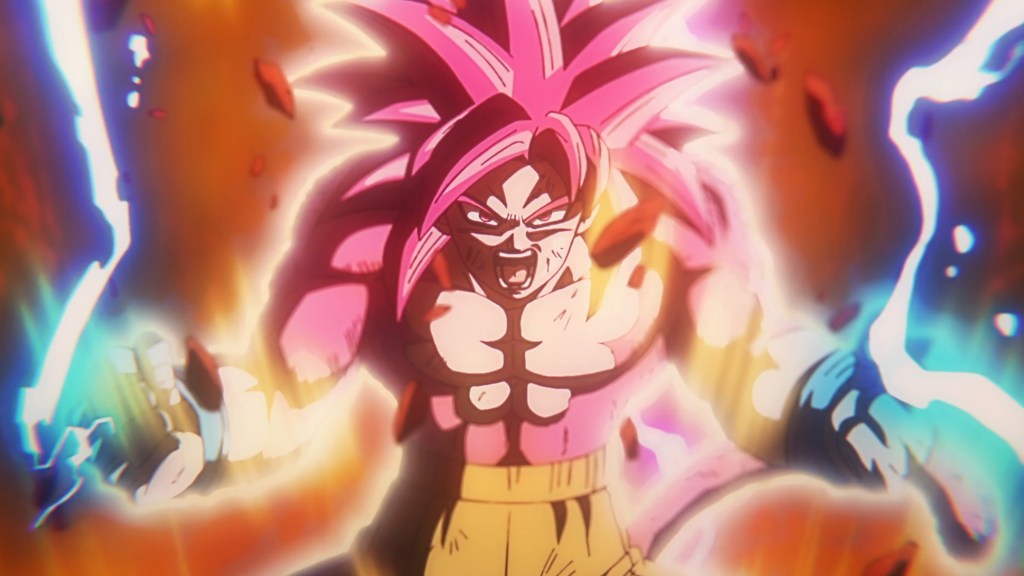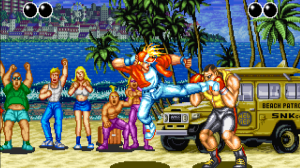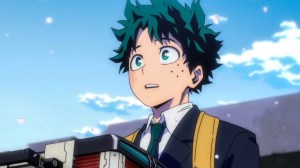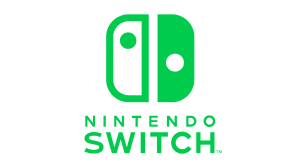Dragon Ball has a very loose definition of its timeline, putting it lightly. The creators will sometimes follow specific guidelines to keep the continuity in check, but other times will throw the rules out the window. The recent entries in the franchise bend over backwards to ensure they fit in the narrow timeframe between the end of the Buu Saga and the epilogue. That gives the writers and animators a limited space to work with. We know how the story of Dragon Ball ends, so the new series tries its best not to contradict it. Nevertheless, the timeline continues getting muddled due to random power-ups, new characters, and lore information that doesn’t fit the continuity.
Videos by ComicBook.com
Dragon Ball Daima received criticism from the fanbase because of its treatment of the main canon. Some fans argued that the series has always had a lackadaisy approach to its own continuity, meaning fans shouldn’t take it as seriously. While it is best to view the series within its own prism and shouldn’t care for the inconsequential continuity issues, Dragon Ball should take its timeline seriously. If the main canon doesn’t matter, why should viewers feel any stakes or gravitas if none of it matters to overall continuity? Nonetheless, Daima is not the continuity-breaking series that fans are up in arms about.
[RELATED – Dragon Ball Has Big Plans to Continue After Dragon Ball Daima]

Akira Toriyama Never Cared for Continuity, So Should Fans Care?
The original Dragon Ball author, the late, great Akira Toriyama, had a notorious apathetic attitude when it came to making his own manga. It’s been reported that Toriyama would make up the story on the fly, coming up with plot details in the moment. He would introduce Trunks before settling who he was, coming up with the idea that he was the future son of Bulma and Vegeta after the fact. This plot decision fundamentally broke the pre-established canon, especially since Bulma and Yamcha were dating at that point in the narrative.
Toriyama didn’t care about his own canon, he was willing to change the characters and story to match what he was writing in the moment. It’s that indifference that many people believe the fandom should approach the Dragon Ball franchise. The series is fundamentally a silly action shonen with little depth. If the series never took itself seriously, then why should fans?

The Main Canon Does Matter to Dragon Ball and Fans Should Care
While Toriyama would break his own canon constantly, it was in the service of the plot. He broke up Bulma and Yamcha to justify Trunks’ existence, leading to one of the best characters in the franchise. If the series is going to break the canon, it should add to the series, not detract from it. If the continuity doesn’t matter, then there are no stakes. There has to be a status quo that the characters are fighting to maintain, but if the status quo is constantly evolving into this nebulous and vague thing that can be changed on a whim, then there is nothing to be invested in.
Even though fanbases have a reputation for being nitpicky, Dragon Ball fans should care about its canon. The series may be ridiculous, but we are meant to take it seriously. The fights are over-the-top with intense moments. Those scenes are meant to have gravitas, we are meant to believe in the stakes. Without the gravitas, the action wouldn’t have the same impact, and fans wouldn’t care as much. The creators can’t always hand-wave a continuity issue with the rule of cool, it must matter. It has to matter why Goku needs to get stronger, why he needs to defeat his opponent. Every series needs to have stakes and matter so that it isn’t superficial.

Dragon Ball Daima Doesn’t Break the Canon
Fans took umbrage at the appearance of Super Saiyan 4 Goku in Dragon Ball Daima. Super Saiyan 4 was a mixed-canonical form used for Dragon Ball GT, the original anime-exclusive follow-up to Dragon Ball Z. The form is a fan favorite, with fans hoping to see it again in undeniably canon material. However, fans took issue with how the form was utilized in the show. Daima takes place before Dragon Ball Super, which already takes place before the epilogue of Dragon Ball Z. Super makes no indication that Goku can transform into Super Saiyan 4, making the appearance of the form in Daima feel like a plot hole. Furthermore, Daima was somewhat vague about how Goku achieved the form. The initial implication was that Goku was able to reach Super Saiyan 4 thanks to Neva, yet later dialogue suggests Goku may have trained himself to unlock it.
However, the moment when Goku achieves Super Saiyan 4 in Daima was one of the best moments in the anime. While it seemingly contradicts Dragon Ball Super, especially since it is hinted that Goku can unlock the form without the help of Neva, Super Saiyan 4 isn’t the continuity-breaking thing that suddenly tumbles the Dragon Ball timeline. There are multiple reasons why Goku wouldn’t use the form in Dragon Ball Super, possibly because the form requires a specific niche. There’s enough wiggle room to suggest that Goku needs to do more to unlock Super Saiyan 4 rather than a normal power-up. And even if it is only a typical power-up, Goku having access to another Super Saiyan form doesn’t fundamentally change the series. Goku nearly exclusively stuck with Super Saiyan God forms and Ultra Instinct moving forward anyway. It doesn’t matter if he had a fourth Super Saiyan form in his pocket; it doesn’t change the story of the franchise.








